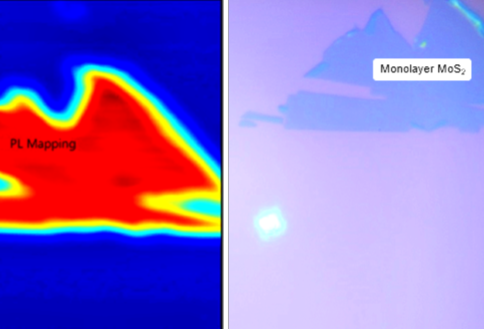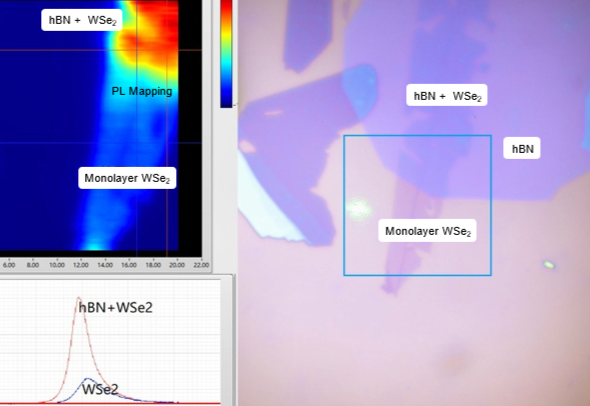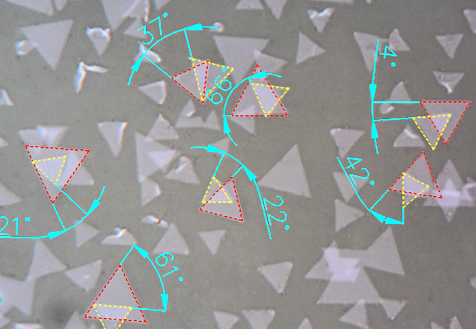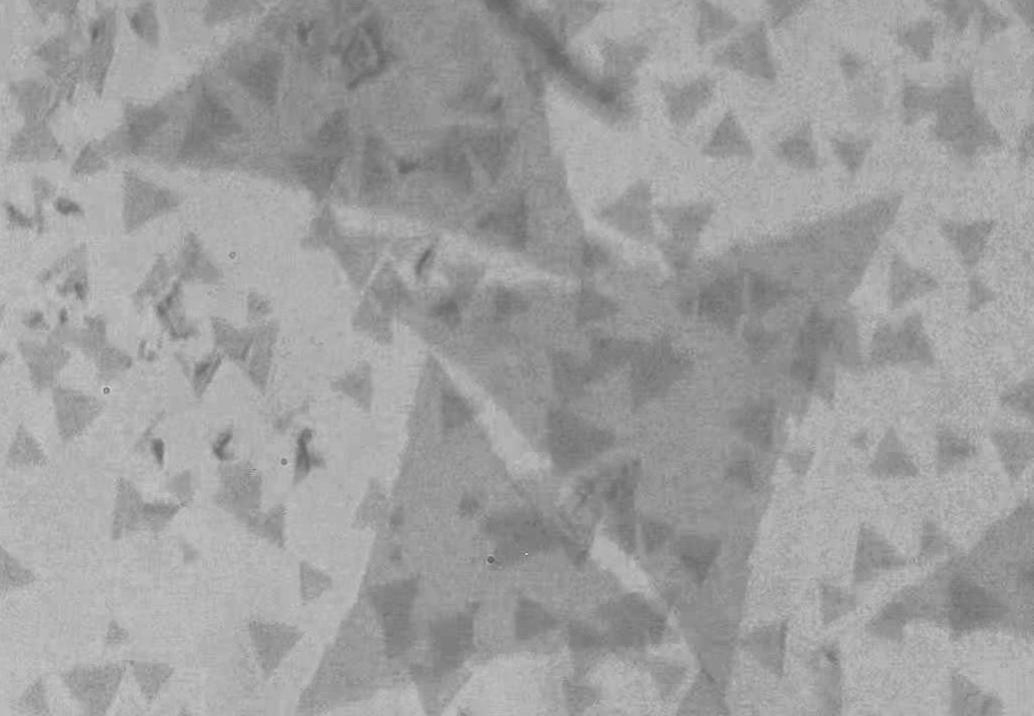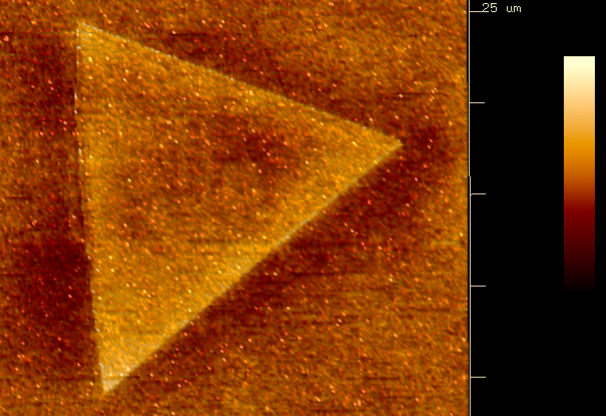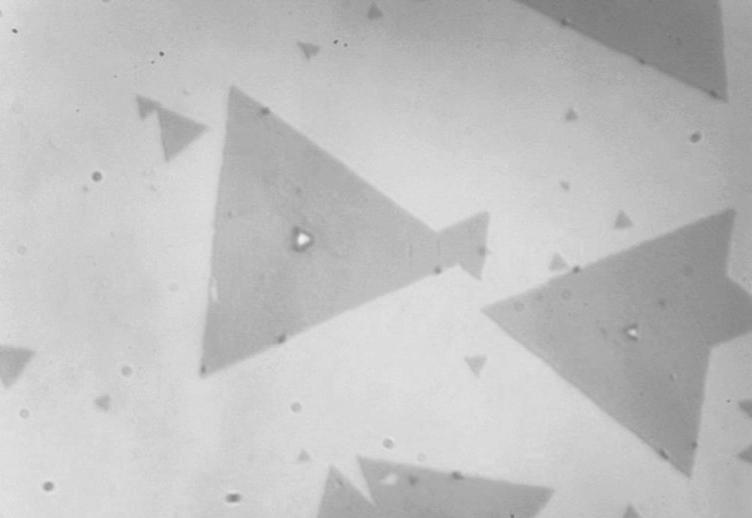
Wet Transfer of Monolayer/Multilayer 2D Materials
Monolayer and multilayer 2D materials are typically synthesized via Chemical Vapor Deposition (CVD) on specific substrates, such as sapphire, due to their favorable properties for growth. However, researchers and industry professionals often require these 2D materials to be integrated onto custom substrates for various applications. Our service offers precise wet transfer of 2D materials onto the substrate of your choice. Utilizing a PMMA (polymethyl methacrylate) layer and wet chemical transfer techniques, we can successfully transfer monolayer or multilayer 2D materials onto a wide range of substrates, including PET (polyethylene terephthalate), PI (polyimide), ITO (indium tin oxide), FTO (fluorine-doped tin oxide), glass, metal substrates, and more. This transfer process ensures that the material retains its integrity and properties while allowing you to explore new device architectures and applications on substrates tailored to your specific research or production needs.

